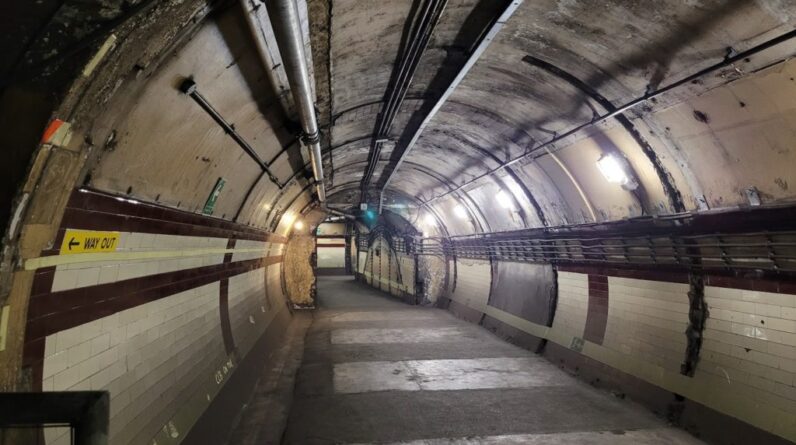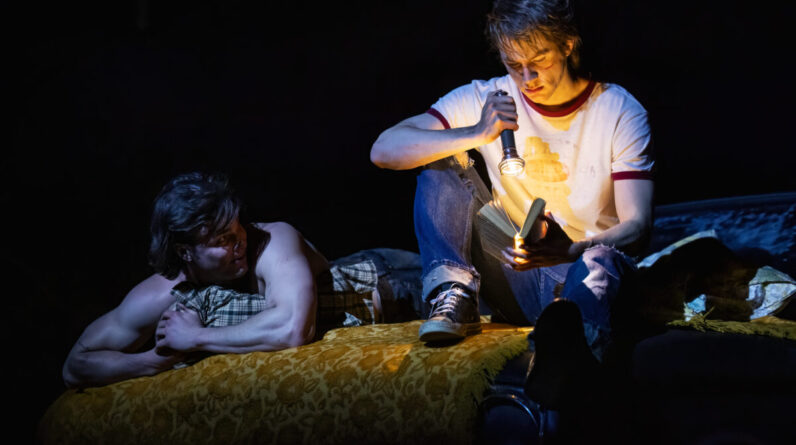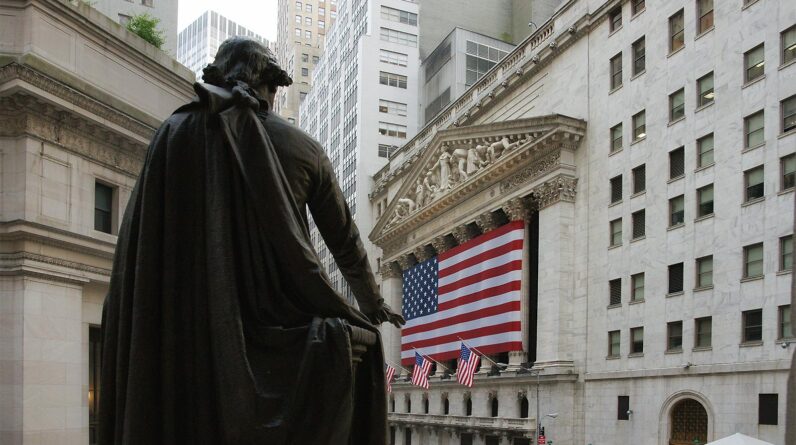
[ad_1]
Exploring the mysterious history of an abandoned London underground station – Down Street. Image (C) Tim Sandle
Connected to the operating underground system in London are several closed stations, each with their own rich history. Periodically the London Transport Museum opens these up for visitors to descend into the murky depths for a guided tour.
 At times the tunnels of Down Street are rather haunting. Image (C) Tim Sandle
At times the tunnels of Down Street are rather haunting. Image (C) Tim Sandle
These events provide an opportunity to soak up the atmosphere; to walk where few have trod in decades; and to learn about the fascinating history of each station.
 Descending the depths, to reach the platform level of an abandoned tube station. Image (C) Tim Sandle
Descending the depths, to reach the platform level of an abandoned tube station. Image (C) Tim Sandle
Digital Journal’s London reporter was in a fortuitous position to attend one of these events – Down Street station – an area with an interesting connection to World War II.
 Looking at a former office that was once an underground station – the mysteries of Down Street. Image (C) Tim Sandle
Looking at a former office that was once an underground station – the mysteries of Down Street. Image (C) Tim Sandle
Down Street station opened 15 March 1907 on the new Great Northern, Piccadilly & Brompton Railway (now part of the present day Piccadilly line).
 Old signage from yesterday at Down Street. Image (C) Tim Sandle
Old signage from yesterday at Down Street. Image (C) Tim Sandle
Going down to the station, it is dark and dingy. Visitors are issued with hard hats, fluorescent jackets and torches. At times, close to the operating Piccadilly Line, torches need to be turned off to avoid rising distracting train drivers.
 Visitors underground, equipped with appropriate personal protective clothing. Image (C) Tim Sandle
Visitors underground, equipped with appropriate personal protective clothing. Image (C) Tim Sandle
Since the station was not permitted to have an entrance on the main road (Piccadilly) and was instead located down a side road there are several long underground tunnels to connect to the line running under Piccadilly itself.
 Hidden London visitors wearing the appropriate personal protective clothing. Image (C) Tim Sandle
Hidden London visitors wearing the appropriate personal protective clothing. Image (C) Tim Sandle
The surface building was designed by Leslie Green. The architect used different tile colour schemes to help illiterate passengers identify each station. With Down Street there are maroon and cream tiles.
 The tiling and design of Down Street station. Image (C) Tim Sandle
The tiling and design of Down Street station. Image (C) Tim Sandle
The station was little used and it closed in 1932.
 An abandoned tube station tunnel, last used in the 1930s. Image (C) Tim Sandle
An abandoned tube station tunnel, last used in the 1930s. Image (C) Tim Sandle
During the Second World War the station gained a new lease of life and it was used as a bunker by the Prime Minister, Winston Churchill, and the war cabinet.
The main occupant of the shelter was the Railway Executive Committee, who kept the railways running during wartime and these activities paved the way for the later nationalisation of the railways.
 Digital Journal’s Tim Sandle prepares to descend the depths of a World War II base that was once a London Underground station. Image (C) Tim Sandle
Digital Journal’s Tim Sandle prepares to descend the depths of a World War II base that was once a London Underground station. Image (C) Tim Sandle
40 staff worked here, including 8 female typists, plus phone operators and schedulers. Work continued for 24 hours a day so staff stayed for 2-3 weeks working 12-hour shifts.
 One of the tunnels at Down Street, London. Image (C) Tim Sandle
One of the tunnels at Down Street, London. Image (C) Tim Sandle
Meeting rooms and offices were provided along with washrooms, lavatories, dining facilities and dormitories.
 Equipment and fire safety from times gone by. Image (C) Tim Sandle
Equipment and fire safety from times gone by. Image (C) Tim Sandle
Catering was provided by a kitchen at platform level, serving a staff mess room and an executive mess room.
 Expert guides reveal the secrets of the ghost station. Image (C) Tim Sandle
Expert guides reveal the secrets of the ghost station. Image (C) Tim Sandle
Most of the dust found in these abandoned stations is made up of human skin and hair. There is even some of the original kitchen grease on the walls.
The station had a pair of Otis lifts, with the platforms located 22.2 metres (73 feet) below the street level of Piccadilly. The lift shafts and some of the mechanics are still visible; however, visitors need to access the station via a spiral staircase.
 One of the giant lift shafts at Down Street. Image (C) Tim Sandle
One of the giant lift shafts at Down Street. Image (C) Tim Sandle
After the war, Down Street was returned to its previous civilian purpose of helping to ventilate the Piccadilly line, a duty it still performs today.
 The walls contain messages. What might this mean? Image (C) Tim Sandle
The walls contain messages. What might this mean? Image (C) Tim Sandle
The station building survives and is close to Down Street’s junction with Piccadilly. Part of it is now converted to a retail outlet. The remaining parts of the station can occasionally be visited as part of the Hidden London experiences.
[ad_2]
Source link






